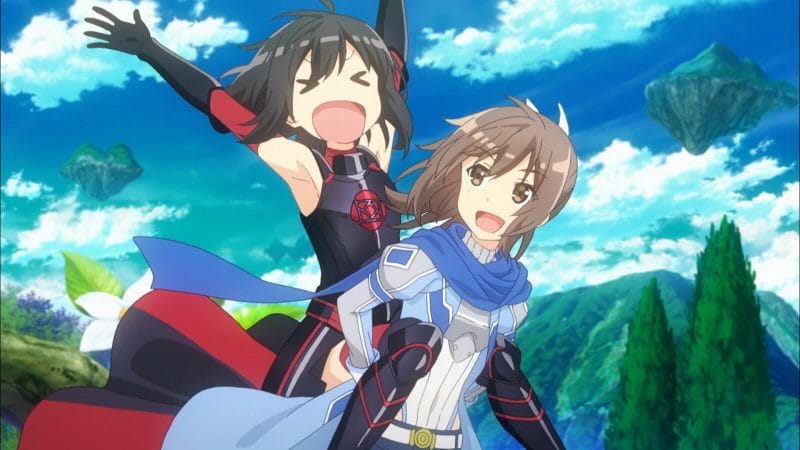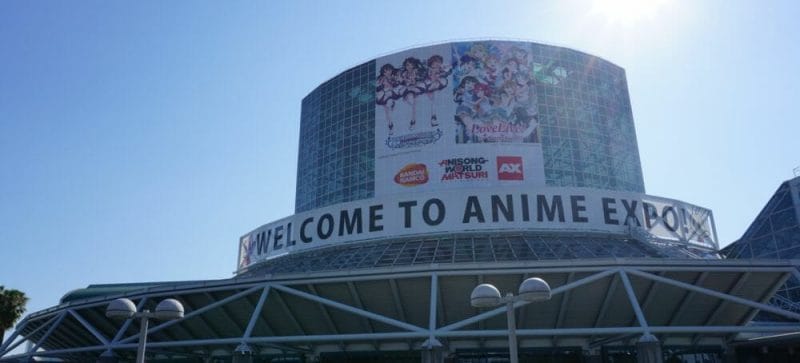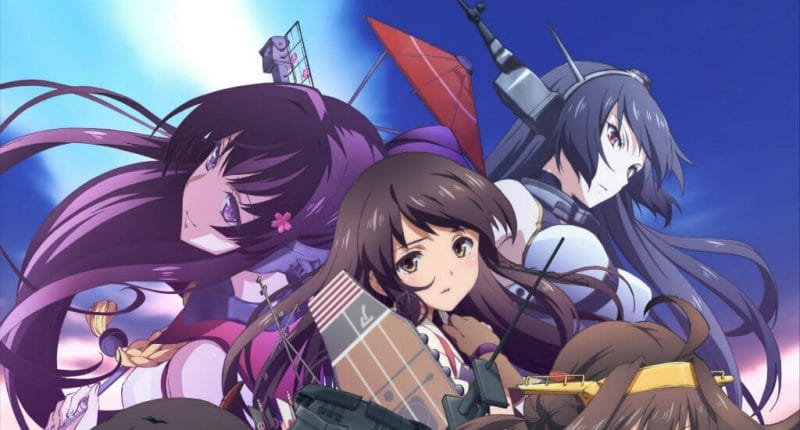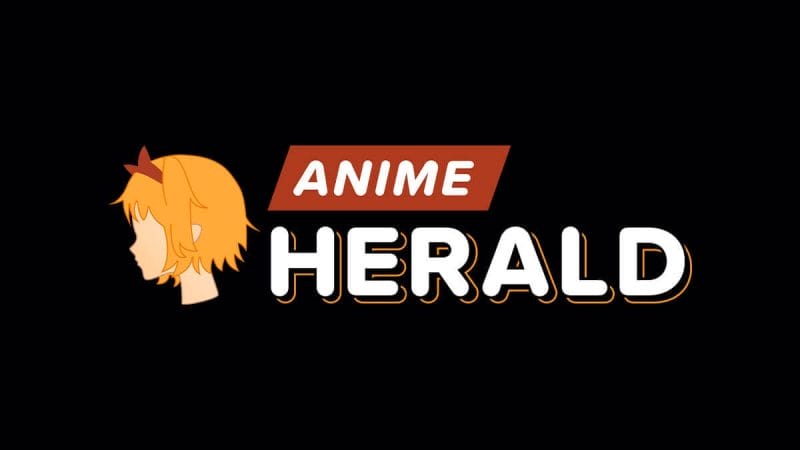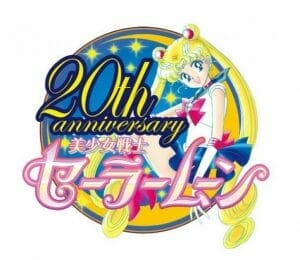
Somewhere, my inner 12-year-old girl is shrieking.
And geeking out over the announcement of a brand-new Sailor Moon anime coming in the summer of 2013.
News broke that a reinterpretation of the seminal magical girl series is underway during a special event held in Tokyo last Friday to commemorate the show’s 20th anniversary. “Pretty Guardian Sailor Moon,” as it’s known in Japan, made its debut on Japanese TV on June 29, 2012.
Last year, Kodansha began publishing the original Sailor Moon and Sailor V manga series in English. While various publishers, including the now-defunct MixxZine and Viz, published Sailor Moon graphic novels in the past, the artwork was reversed and character names were Westernized to accommodate American left-to-right readers. For example, “Usagi,” which means “rabbit,” became “Bunny” in the manga. But at least that kind of makes sense.
Worse was done to the North American version of the TV series produced by DiC (“Usagi” became “Serena”, for starters), but we’ll delve into that in a moment.
Meanwhile, the prequel series Sailor V had never seen American shelves, in English, before.
With all of these exciting changes, a new anime series was bound to be in the works. And it’s about time.
Fans of Sailor Moon creator Naoko Takeuchi’s hit series should be psyched. If you got hooked on the show during early-morning broadcasts back in 1995, you might have stumbled upon the Japanese version when it was released stateside, on video only, years later. And then you would have noticed the extreme differences between the series’ true vision and the Americanized offering. The“cut” version – the squeaky-clean, DiC-produced, Disney-esque one with a moral at the end of every episode – and the decidedly more adult, “uncut” version that ran in Japan are like night and day.
Sailor Moon’s first two seasons were dubbed into English under the titles “Sailor Moon” (season one) and “Sailor Moon R” (season two). These were the versions handled by DiC, which was owned by Disney when it acquired the series. This, as it turns out, explains a lot.
The show’s fourth and fifth seasons (“Sailor Moon S” and “Sailor Moon Super S”) were produced by Cloverway, Inc., an affiliate of Toei Animation, while the movies were eventually released by Pioneer. Though keeping with the integrity of the original Japanese version more closely than DiC did, this version was also heavily Americanized.
For example, the same-sex coupling of Sailor Scouts Neptune and Uranus was explained away as the pair being so close because, hey! They’re cousins. Yeah, like I’d want to be thisclose to my cousin.
And poor Zoisite, Malachite’s lover! In the American version, Zoisite is a girl. Tell that to his flat chest and his… well, you know. It’s customary for some characters on Sailor Moon to undergo sex changes, however. The three Sailor Starlights, who are male when not transformed, undergo their magical girl transformation and – poof! – become girls. This is because, in the anime, they’re female aliens who take the form of males when on earth and transform back into females when they become the Starlights. In the manga, they’re girls all the time, and are merely cross-dressing as male pop stars to disguise their true Starlight form. In other words, the Cheetah Girls are from the Moon but have to dress up as the Jonas Brothers to hide out from the bad guys. Get it now? Westernized versions didn’t want to deal with this transvestite atrocity; some countries airing the show, including Italy, decided that they were six separate characters, three male, three female; but North America, blessedly, never got the right to these episodes.
It’s all pretty hilarious, actually. Imagine the crapstorm when American parents accidentally bought their kids the wrong version. Oh, my.
All of these changes – and various versions – made it difficult for the nineties-era Sailor Moon fan to follow and collect the show. Pioneer released “S” and “Super S” on DVD in 1999 and for the first time, American fans could view the series dubbed or subbed. ADV acquired the rights to the first two seasons, and released them “uncut” on DVD in 2004. The campy DiC version from days of yore never hit shelves on DVD, nor was it ever released in its entirety; VHS tapes containing highlight episodes were sold instead, and exclusively at Toys ‘R’ Us. So the campy American version in all its cheesy, moral-at-the-end-of-every-story glory, likely exists only on the taped-from-TV videos stashed in super fans’ basements. Like mine. (Note: ADV Films released the DiC adaptation of the show between 2002 and 2003. -MF)
If you even bothered to watch the DiC version of the series, you were likely frustrated by plot holes the size of planets. This is because entire episodes were thrown out altogether, due largely in part to those aforementioned inappropriate themes. Episodes were also shortened to censor plot points, as well as to carve out time for commercials and the chirpy “Sailor Says” moral segments. The first season’s episode count was reduced from 72 to 65.
Prior to the various video and DVD releases, the show’s first two seasons also jumped from network to network, again, making it frustrating and tiresome to follow the series at all. Season one ended with a cliffhanger, and then the show was dropped from the American networks that carried it. This launched the 1996 “Save Our Sailors” (SOS) campaign on the internet— and you bet I signed that petition, as did 29,000 other North American fans. The series returned, but again, in phases with an incomplete season here, and a cliffhanger there. All in all, it took years for me, personally, as a fan, to see the whole darn series. Again, frustrating. Why stick with it? Because Sailor Moon is charming, adorable and addictive, that’s why. Sailor Moon is a heroine for the ages, showing viewers young and old that truly anyone can be a superhero. If a whiny teenaged crybaby can do it, and with a sparkly transformation sequence, so can you!
The worldwide success and undying popularity of Sailor Moon can be compared to a classic fairy-tale enduring over time. In fact, in America at least, the best comparison to the Sailor Moon phenomenon is a story like “Beauty and the Beast.” The latter is a tale that has survived multiple adaptations and interpretations over the years. In the U.S., it’s been a TV show, a feature film, a Disney movie (with subsequent sequels), a cartoon series, a comic series, a video game, and a Broadway musical.
Likewise, in Japan, the story of Sailor Moon has been told on screens small and large, on the musical stage and in radio dramas, all starting out on the black and white pages of the manga, first serialized in the magazine Nakayoshi, and evolving from there. In the 20 years since its television debut, Sailor Moon has gone on to revitalize, and arguably define, the magical girl genre, spawning both spoofs and copycats.
Now, 20 years later, is the perfect time to reintroduce the series. For one thing, American fans could do with less confusion since it’s actually possible now for anime viewers in the Western hemisphere to watch Japanese cartoons as they’re broadcast. No need to wait three or four years for a dubbed, watered-down version when you can just view a currently-aired series online.
The time is right to retell the tale of Sailor Moon, without silliness and censorship. Two decades later, western audiences are more familiar with what anime is, why it’s made and who it’s for. No longer must we constantly deal with the perception that because something is animated, it must be for kids. Thanks to the massive success of anime in America in the past 20 years, shows with “adult” themes are no longer censored for the kiddies. Now, they’re just given a rating, which is how it should have been all along. But we know all too well what happens when Disney gets a hold of something, and that’s what happened to Sailor Moon. Good things came from their meddling, however. Despite the plot holes, the cringe-worthy voice acting, and even that darn “Sailor Says” segment— Sailor Moon not only took off in America, it flourished; it led to dolls and school supplies and scantily-clad cosplayers. Without Sailor Moon, gals like yours truly might never have toe-dipped into anime in the first place.
So, DiC, even though you bastardized a beloved series, to you I am eternally grateful. But if you ever decide to DiC-up an anime again, in the name of the moon, I’ll punish you!
And that’s what Sailor Moon says.



